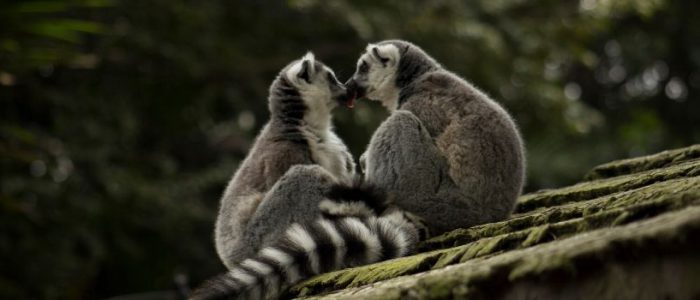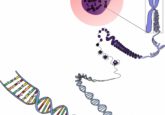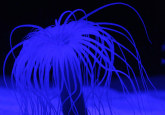Pair bonding could be the foundation of human social systems

New research has demonstrated how pair living has acted as a steppingstone in the evolution of complex social systems in nonhuman primates.
The social systems of non-human primates have been studied in more detail than any other mammals. The social organization of primates varies widely across species with around one fifth of all primate species living in pairs, one third are solitary and the rest live in groups that can contain anywhere between three to over 100 individuals. However, despite this additional scrutiny, how and why these different levels of social complexity have evolved remains uncertain.
In an attempt to fill in more of the puzzle, Peter Kappeler (University of Göttingen, Germany) and Luca Pozzi (The University of Texas at San Antonio, TX, USA) have investigated how different primate social systems have evolved and which factors could be responsible for evolutionary transitions between them.
In the study, published recently in Science Advances, the researchers utilized Bayesian phylogenetic comparative methods to explain evolutionary transitions in primate social organization. The researchers used a vastly expanded data set by permuting phylogenies and sample sizes, and by using alternative species classifications.
Out of the six models tested, the one that received the strongest support was the model that invokes frequent transitions between solitary ancestors and pair-living descendants. These pair-living species were found to eventually give rise to group-living species. In this way, pair living acts as a steppingstone between solitary and group social systems.
Evolutionary relationship between extinct giant ape and living orangutan revealed
“Living as a pair represents an evolutionary puzzle in the evolution of mammalian social systems because males could achieve higher rates of reproduction if they did not bond to a single female,” remarked Pozzi.
The study suggests that paired social systems were formed when ecological changes resulted in solitary males, who previously had several females living in their territory, having access to only one female. Pair living was then reinforced by increased parental care, as a result of the pair formation, and consequential increased offspring survival.
It was then theorized that these pairs transitioned into group social systems as a result of improved ecological conditions, which allowed related females to remain in close proximity and be joined by one or more males to form multimale, multifemale groups.
“However, the pair bond typical for humans within larger social units cannot be explained with our results, since none of our recent ancestors lived solitarily. Nevertheless, the advantages of paternal care also may have led to a consolidation of pair living in humans,” explained Kappeler.
“The evolution of complex social systems in mammals, and more specifically in primates, is a challenging and exciting area of research. Our study shows that pair living—although rare—might have played a critical role in it,” concluded Pozzi.





